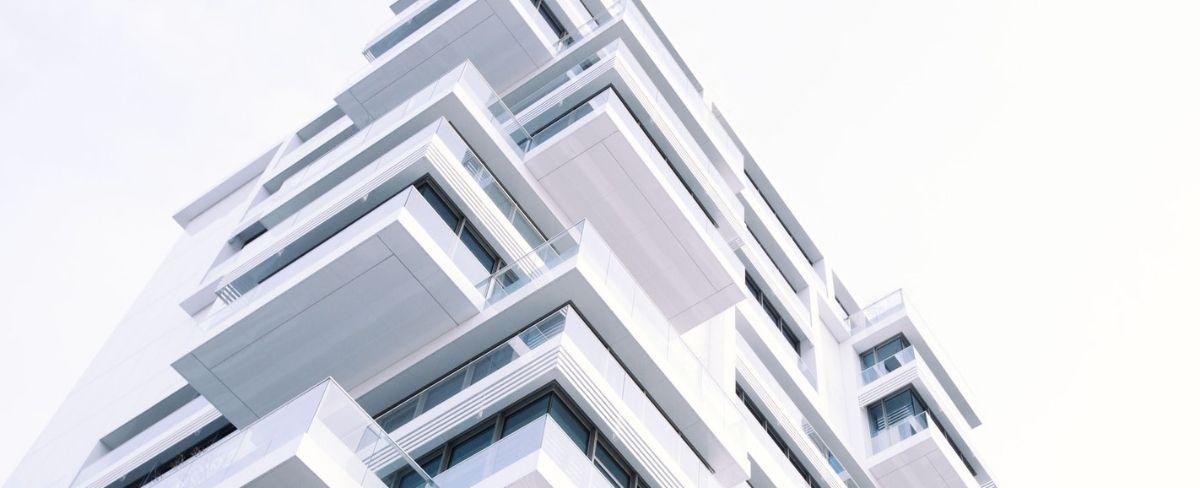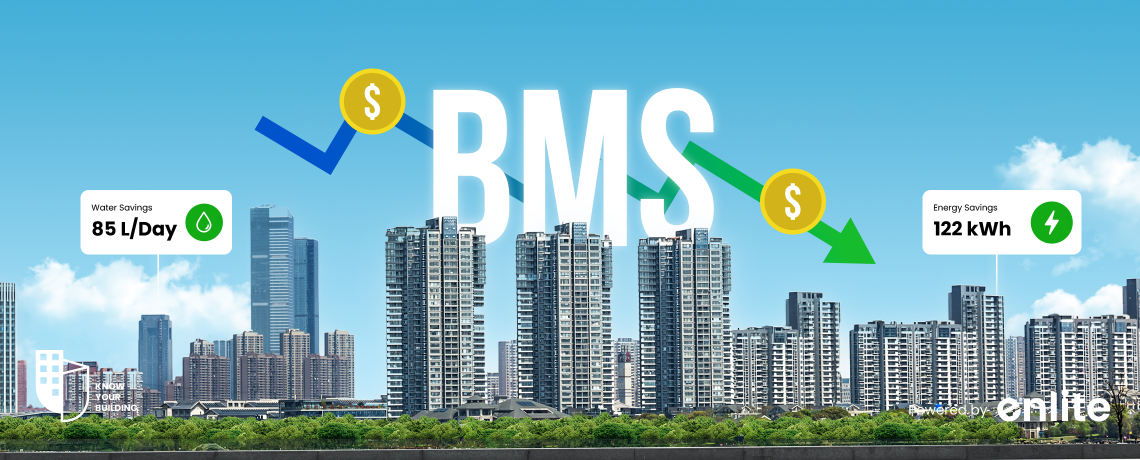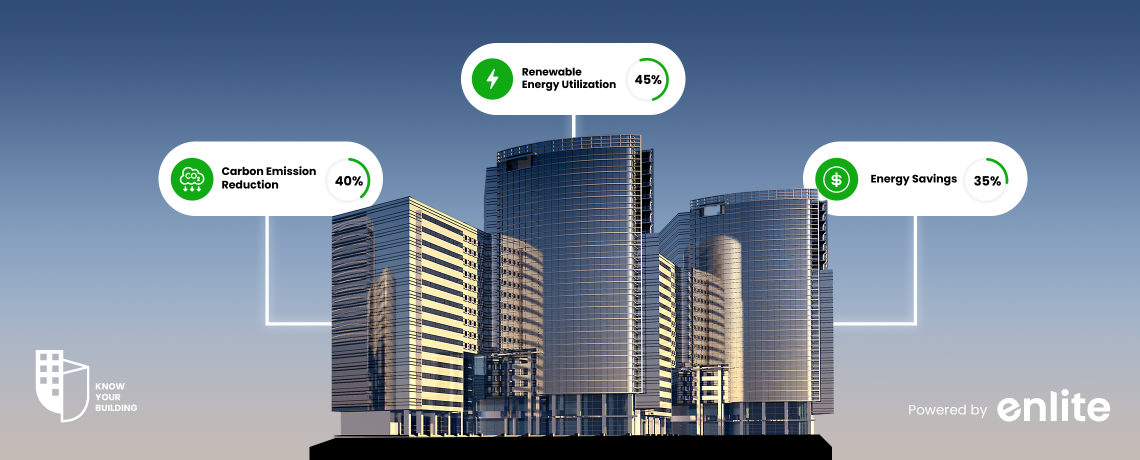Managing the occupancy rate and improving tenant retention might be a challenge for CRE operators after COVID. During the prolonged duration of the pandemic, the office environment was dominated by following extra precautions and social distancing. Lockdowns and working from home were common, resulting in widespread vacancies in commercial buildings. Even though the impact of Covid has been reduced, people are still skeptical about resuming offices
While offices are reopening, the operators must get on the act of ushering their old tenants back and welcome the new ones by making them feel secure regarding the office environment. The following few steps can effectively maximize the occupancy rates and boost tenant retention.
Flexibility in Space Management
The primary concern for employees returning to the office is the condition of the workplace. Factors such as the gap between the seating arrangement between co-workers, provisions of preventive methods such as sanitizers, and more such facilities can play a vital role in promoting employee morale. Subsequently, the need for bigger offices to accommodate social distancing norms might increase.
Flexible space management can be accomplished using an automated insight platform. Having such tech support can help operators and floor managers to visualize the space utilization on a real-time basis and allocate seats to new occupants accordingly. It can further help manage floor plans according to the minimum distance, maintaining the social distancing protocols. A visual insight allows you to meet the tenants’ needs without making physical changes and help in increasing occupancy.
Managing leases and contracts
Along with a flexible floor plan, proactively managing the existing leases can help retain existing clients. Tenants are more likely to decide on staying or leaving the existing property during the few remaining days of the lease expiry. Getting in touch with the tenant representative during this period to renew the lease before the expiry can help retain them. Operators can re-affirm the facilities included in the property and offer incentives for renewal too.
Before making the renewal offer, the representative can look into the past issues or complaints raised by the tenants and whether they are solved. Taking a proactive approach often makes the tenant valued, which results in the continuation of the leasing period.
The easiest way to manage the leasing details is through an automated and unified dashboard. The dashboard facilitates notifications and reminders for the expiring lease to both the tenants and operators and helps them renew them before they expire. Since the process is seamlessly integrated with the building management, the process becomes convenient for the tenants.
Improving business management system
Although floor spacing and proactive client space management are well-designed strategies to improve tenant intent to continue renting your commercial property, the tenant experience or TeX will take a hit without glitch-free building management.
Maintaining a commercial property requires keeping track of the status of the building facilities and amenities. It needs you to update your tenants about the availability of conference rooms, stock of snacks in the relaxation areas, and even washroom cleaning schedule without them raising a complaint.
The lighting and HVAC services also come under the scope of business management. A malfunctioning AC or a diffused lightbulb can affect the productivity or convenience of the tenants. The operators and floor managers must maintain a preventive maintenance schedule and conduct routine checkups to keep everything in order.
The automated solution also allows the building managers to integrate features such as contactless solutions to improve tenant safety. This can help in replacing biometrics identification for accessing the office space with more advanced virtual identity solutions (VIS). VIS is a cutting-edge recognition technology that leverages a series of software and hardware-based user identification and offers enhanced security to safeguard the tenant identity.
Managing all of these issues manually can lead to human errors. Instead, using a building management platform can create a sustainable ecosystem in managing the building assets and help in enriching tenant experience. It can provide accurate insights based on real-time data monitoring and prevent exigencies that might dent the tenant experience.














